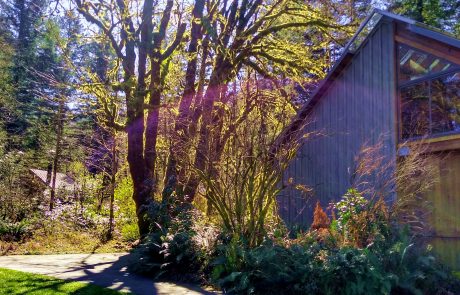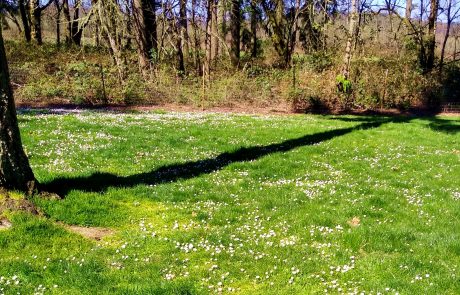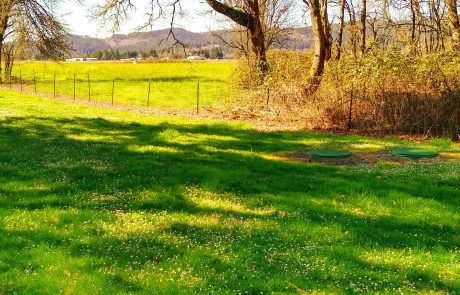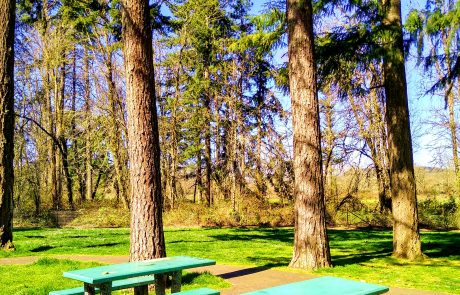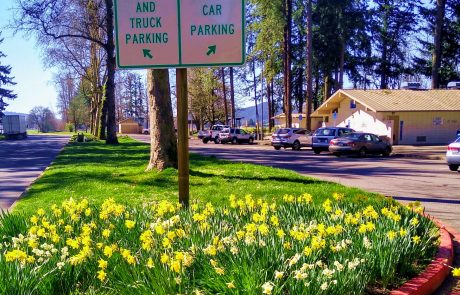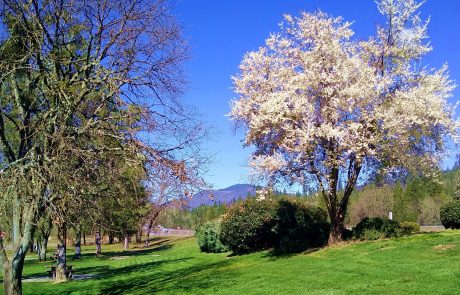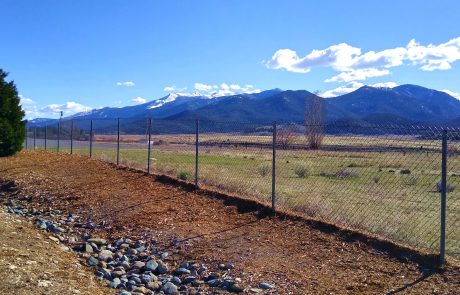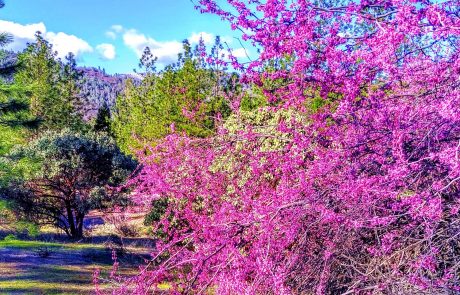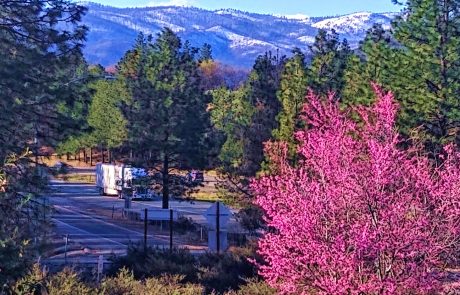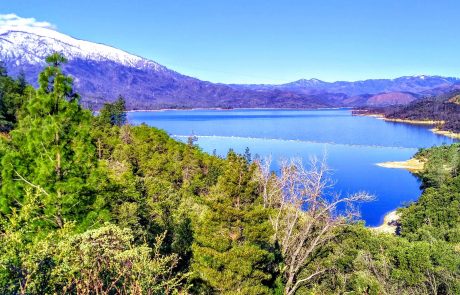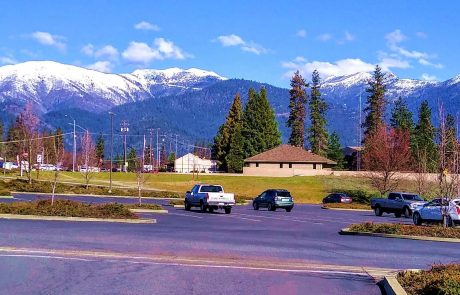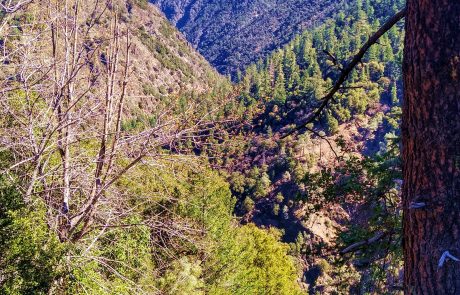March 2020
 It’s great to be on the road after cooling my heels in the wintry North. As I mentioned in a previous post, my agenda for the trip was to be warm before the month of June, something unlikely to happen consistently in my neck of the Bitter North, so I upped stakes and headed south. And oh boy am I glad I did. I knew that the gods were smiling upon me as I began my trip because as I drove west along the Colombia River in Oregon I didn’t see the sun until I got to Portland. Anyone who knows Oregon will understand that in March the sun is rarely over Portland, so I took it as a sign that the Fates were well disposed toward me and that goodness and mercy would follow me as I wended my way south and east.
It’s great to be on the road after cooling my heels in the wintry North. As I mentioned in a previous post, my agenda for the trip was to be warm before the month of June, something unlikely to happen consistently in my neck of the Bitter North, so I upped stakes and headed south. And oh boy am I glad I did. I knew that the gods were smiling upon me as I began my trip because as I drove west along the Colombia River in Oregon I didn’t see the sun until I got to Portland. Anyone who knows Oregon will understand that in March the sun is rarely over Portland, so I took it as a sign that the Fates were well disposed toward me and that goodness and mercy would follow me as I wended my way south and east.
A stop to visit friends outside Portland led to a trip across the Coast Range just for the hell of it — a welcome undertaking because the Coast Range is gorgeous and once again, mirabile dictu, the sun was out. I had forgotten how different the Coast Range forest is from the forest I’m used to in my dry neck of the woods. One of the primary species of the local flora in coastal Oregon is moss. The second half of March is the right time in coastal Oregon for moss to be holding forth magnificently, since it’s early spring and looks it. The snow is gone off all but the highest hills, things are greening up and the first wildflowers are out. What a treat after leaving a snowstorm behind me as I fled the Bitter North. Here are a few pics:
I was astonished to find in the town where I stayed just outside Portland a riot of blossoming, even at this early stage of the proceedings. Camellias as tall as I am covered in blooms, daffodils scattered thick around like laughs at a (good) comedy show, big fat buds on the rhododendrons promising spectacular sights in the near future. Fantastic. So much better than looking at snow on the ground and freezing your patoot off. Obviously my decision to hit the road was brilliant, despite the COVID-19 hoorah about which one hears to the exclusion of all else these days.
Here’s a newsflash kids: the Planet is just fine. Yes, the trees hold forth magnificently in the forest, the flowers open with the warmer weather and the life of the Planet goes on unhindered by COVID-19. I felt no need to maintain social distancing with the spruces or the camellias. Fancy that. All this just supports my notion, which flitted across my mind a couple weeks ago, that the coronavirus outbreak is just one more step in humanity’s self-destruction with the difference that this time instead of killing the Planet we’re killing each other. That’s a novel and welcome change of strategy. We’ve done such a good job of killing off the biosphere it’s about time we put our talents to use directly on the human population itself. It’s so much more efficient than poisoning the entire Planet to polish ourselves off. So there’s something to that old saying about looking for the silver lining in the dark cloud. Yes indeedy.
Since I was working and living overseas for the majority of the last decade it’s been donkey’s years since I hit the open road. All I had to go on was memories of road trips from what is now ancient history so I wasn’t sure how things would be in today’s world. Well, I’m happy to report that the past and the present show little difference. What’s more, I quickly gained a renewed appreciation for rest areas on US interstates. They’re absolutely fabulous, so here’s a huge shout-out for them. They’re in nice places, well-maintained, and a blessing to anybody who’s wending their way from Point A to Point B. If you think I’m making up stories then here are the pics to prove it — all taken from rest areas along Interstate 5 going from Portland to the California border. Look and be amazed:
I avoided towns and only stopped at rest areas across the length of Oregon since I didn’t need to stop for gas and I had with me in the car all I needed to stuff my face. Perfect! I’d forgotten how pleasant and useful these rest areas are — always set up like little parks, with ample facilities for the comfort of travelers and always in a place that I’d like to stop and check out even if there were no rest area there. Brilliant. High five, Highway Commission. Keep up the good work.
Believe it or not, I had never been to California before. Yes, Bridget, I kid you not. I’d changed planes a couple times in Oakland and landed once at LAX coming from Asia (an experience I hope never to repeat), but as far as tourism goes I’m a complete California virgin. This made the crossing of the border between Oregon and California a matter of some moment for me. It happened as I was driving down a hill in the mountains. That may sound anticlimactic, but trust me, it was absolutely the right approach. For those of us from the Bitter North without direct experience of California in all its facets when you say “California” the image likely to come to mind is the LA freeway or some LA suburb going up in flames during the fire season. It was an enormous comfort to find on the other side of the “Welcome to California” sign the same mountains and forest I saw on the Oregon side. What a great way to meet the state. I took the instance as my formal introduction, leaving aside LAX as anything related to the California I was about to experience.
Seeing Mt. McLoughlin in the distance in southern Oregon was arresting. One sees no stratovolcanoes in my neck of the woods, we don’t go in for such carryings-on, granite batholiths are all the excitement of the geological persuasion we allow ourselves. I’m embarrassed to admit that I’d never even heard of Mt. McLoughlin until I saw it sticking up in the distance in front of me. I had expected nothing dramatic until I got near Mt. Shasta, but lo and behold, the fun starts early. After subsequently educating myself about Mt. McLoughlin I found myself feeling very grumpy about the interface between human beings and features of the landscape. Here’s some interesting information from the Wikipedia page (here) on the mountain:
McLouglin has served as a landmark to Native American populations for thousands of years. They utilized the area to hunt and gather berries. The Takelma people referred to it as “Mal-sr” or “Alwilamchaldis”, one of their mythical heroes, and they considered it the home of Tasuune, or the “Acorn Woman”, a being that helped their acorns grow every year. In the culture of the Shasta people, McLoughlin was known as “Makayax”; the Klamath people named the volcano “Walum” and “Kesh yainatat”, meaning the home of the “dwarf old woman” that controlled the west wind. McLoughlin was called “Melaiksi” by the Modoc people. The Little Butte Creek which drains from McLoughlin was called “So-ytanak”, translating as “corner” or “rock house”, by the Upper Takelma people.
First detected by Peter Skene Ogden in 1827, McLoughlin has a complex name-place history. Ogden called the volcano “Mt. Sastise” after the Shasta Native Americans that helped him reach the Rogue Valley, but this name was later exchanged with Mount Shasta in northern California, then called “Pit Mountain”. To local residents, Mount McLoughlin’s English name was Mount Pitt, though it came to be referred to by other names including Mt. John Quincy Adams, Mt. Clear View, Snowy Butte, and Mt. Madison, also appearing in maps as Mount Pitt, Mount Simpson, and Mount Jackson. Though the volcano was also known as Mount McLoughlin during the 1800s, it was officially renamed in 1905 by the Oregon Legislative Assembly after Dr. John McLoughlin, a factor for the Hudson’s Bay Company noted for helping American settlers in the 1830s and 1840s. An important figure in the local fur trade, McLoughlin was also known as the “Father of Oregon”. The change from Pitt to McLoughlin was later confirmed by the United States Board on Geographic Names in 1912.
All well and good, but when you see a pic of McLoughlin you realize that the beautiful stratovolcano has been done dirty:

The image looks to me exactly like one of those artist’s renderings you find in articles about what Homo neanderthalensis would look like if you dressed one of them up in modern clothing and put him on the New York subway. This is clearly the Victorian version of the article: Neanderthal does Darwin LOL. The Father of Oregon … well, all I can say is, there’s no doubt a good reason why he’s not pictured with the Mother of Oregon, since she’s probably even less likely to win a beauty pageant than Dad. I resent the linguistic imposition of such names on the natural landscape. Why should a mountain of such stunning beauty be forever associated in my mind with this wreck of a specimen who stands so wildly in need of a perm? It passeth understanding. But there’s no fixing it, so let’s move on. Harumph.
After the lushness of the Siskiyou Mountains in Oregon my expectations were met when things began getting dry and the forest thin — that’s the image of California I had in mind. My target was Yreka for a gas stop. There was a rest area this side of it where I paused to consider the landscape:
I’ll admit outright that my heart did not leap up in joy at the sight. I wasn’t disappointed since as I said my expectations were met, but after strolling about in Oregon seeing rafts of daffodils and camellia bushes my height in full bloom, it was impossible to generate the same level of excitement. In point of fact what I thought of was The Virginian. I’m dating myself horribly, I know, but that’s a prime occupational hazard for anyone of my vintage. The landscape north of Yreka struck me as exactly the sort of place where one might reasonably expect to see Lee J. Cobb charging around on his trusty mare (??, I can’t see the privates, so that’s just a guess).
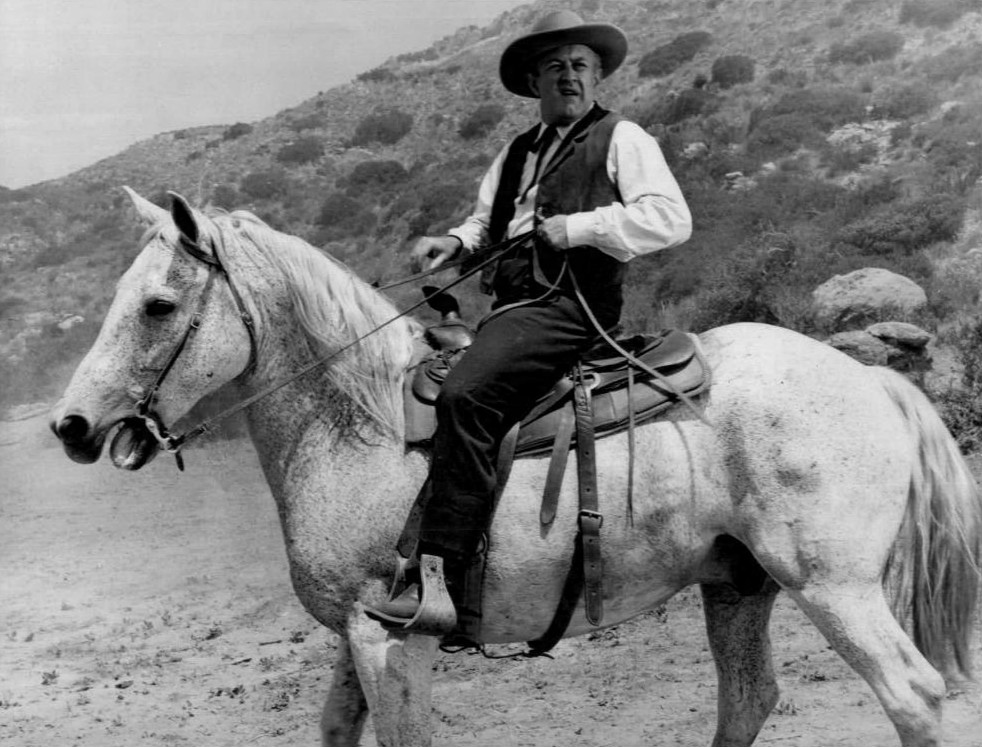
You will notice an obvious absence of daffodils and camellias. Well, when one travels patience and flexibility are the main watchwords, so on I went toward my tryst with Yreka’s petrol stations, compensated in great part by the sight of Mt. Shasta looming in the distance. It’s everything it’s chalked up to be and then some:
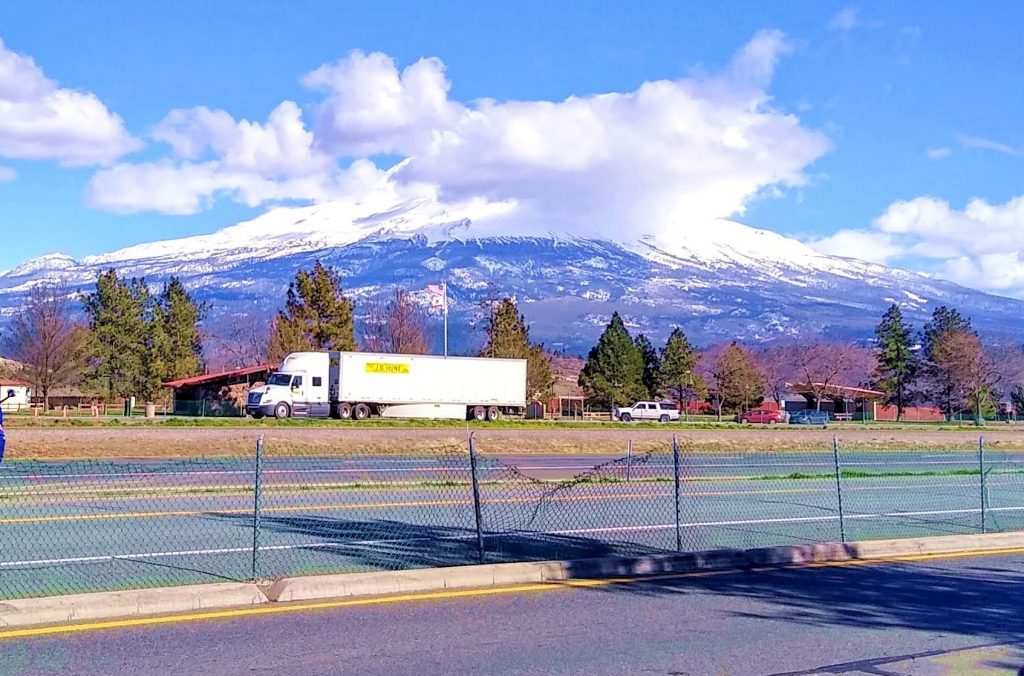
But I was completely unprepared for what came next: a return to mountain lushness. Those with a greater store of geological knowledge than I will know better why Yreka looks like Wyoming when not half an hour down the road to the south lies more lush forest in the mountains. I could Google it and present the results, but just take my word for it: the Wyomingness doesn’t last. Soon enough you’re back in lovely lush forest and wonder of wonders, there’s REDBUD in it. Yes, I kid you not, REDBUD. Cercis canadensis to call it by its proper name. I knew redbud from North Carolina and Virginia and have always loved it to bits. It glows in the forest there along with the white of the dogwoods in early Spring, and here it was in full glory dotting the landscape in northern California. Knock me over with a feather. To the pics without further ado:
Such an apparition was on the same order as driving from East to West along the Colombia River in Oregon and not hitting the sunny bit until Portland: i.e., a sign from the gods. Redbud in northern California told me: set aside your expectations, there are delights awaiting you of which you know not. So my preconceptions went out the window and I decided on the spot (which was by chance at a rest area LOL) to embrace everything California brought my way, expecting the unexpected. My experience over the past few days has only confirmed the wisdom of that decision. If I were a Californian from the northern part of the State I expect I’d have a huge chip on my shoulder because the beautiful landscapes of the area from Redding to the coast go largely unsung and unappreciated by outsiders. As I said, ask somebody from my neck of the woods about California and you’ll only hear about hellacious traffic and houses sliding down hills or going up in flame. No fair. The redbud is California, too. Let us never forget that fact.
Everything I’d heard about Redding led me to lower my expectations, as well. From the stories I expected it to look and feel somewhat like a downmarket truck stop. Nothing could be further from the truth, as I should have known by that point after the surprise outburst of redbud. Redding is a perfectly pleasant small city that welcomed this traveler affably and housed me comfortably for one night. I wouldn’t hesitate to spend more time there if there were a reason to do so. It all looked just fine to me.
The plan the following day was to cross northern California on Highway 299 from Redding to Arcata, the point of the journey being the coast and the redwood forests in Humboldt County. I’ve said it before but I’ll say it again: when you look at a Google map showing the road from Point A to Point B you get nothing other than the information that there’s a means of driving from one place to another. The map gives no insight into the experience one might have of the landscape along the way or indeed of what that landscape might be. When I headed out of Redding the next morning I left as well-informed as I could be but completely unprepared for the landscape blockbuster I was about to encounter. I’ll let the pics do the talking:
The distance from Redding to Arcata is 140 miles. The drive took me five hours LOL. Yes, I did a lot of stopping and gawking. With landscape like that on view it’s the only reasonable course of action. The entire course of the trip goes through mountains, serious mountains. For a good bit of the way the road follows a steep canyon at the bottom of which runs the Trinity River. I told myself before I began the trip that there was to be no comparing of one place with another, each place was to be taken on its on merits and appreciated on that basis, period, end of story. As the mind will do, however, bits and pieces of other, similar landscapes floated up into awareness as I drove through the mountains on the way to Arcata. Some parts reminded me of my own neck of the woods, others of the North Cascades along Highway 2 in Washington State … but the landscape is entirely itself and needs no comparisons with anything. It’s fantastic. If you have an opportunity to travel Highway 299 across its length then DO IT. Your eyes will be happy and your heart will lift.
What a wonderful introduction I’ve had to the delights of northern California. More to come, stay tuned …

